WITH STRUCTURAL INTEGRATOR + YOGA THERAPIST
JENNY OTTO, ATSI, C-IAYT, E-RYT500, YACEP
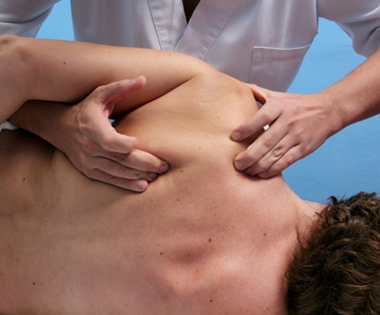
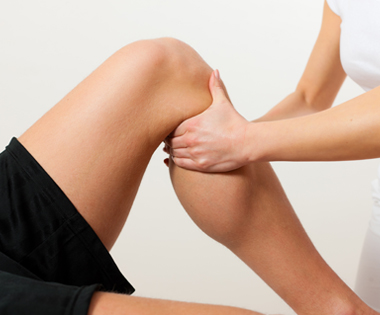
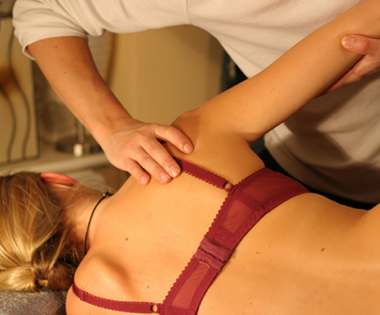
Having founded Body Balance Yoga Functional & Structural Yoga Therapy in 2001, Jenny is a Certfied Structural Integrator who maintains an active practice offering private sessions in Structural Integration and therapeutic bodywork in the greater Annapolis, Maryland area.
As a manual and movement therapist, Jenny is a Certified ATSI Structural Integrator with specialties in visceral manipulation, visceral & peripheral nerve therapy and osteopathic listening. The Anatomy Trains Structural Integration (ATSI) method of Structural Integration, as developed by Thomas Myers (advanced Rolfer, anatomist and author of Anatomy Trains), is an evolved approach to Structural Integration which uses advanced myofascial techniques to remove restrictions in the fascial system and involves movement re-education to restore function and balance to our structure as a whole. Structural Integration is based on the pioneering work of Dr. Ida P. Rolf.
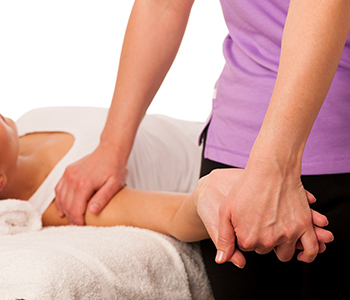
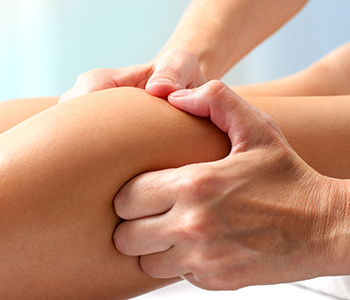
Structural Integration (SI) is a holistic system which works with the soft tissue and uses movement re-education. It was developed by Dr. Ida P. Rolf, a biochemist who found that she could achieve changes in posture and structure by manipulating the body's connective tissue. She called her work 'Structural Integration.'
If you can imagine how it feels to have a fluid, light, balanced body, free of pain, stiffness and chronic stress, at ease with itself and the earth's gravitational field, then you will understand the goals of Structural Integration.
Dr. Ida P. Rolf, biochemist & creator of Structural Integration or "Rolfing"

Be aware that Structural Integration is not massage therapy or a deep tissue technique. Massage therapy focuses on muscle tissue. Chiropractic and osteopathic techniques use boney manipulations. Structural Integration is vastly different and is a more holistic approach to the body. Structural Integration works by releasing and reorganizing your body's fascia. Visceral manipulation assists functional and structural imbalances throughout the body in order to help relieve symptoms of pain, dysfunction and poor posture. Visceral and peripheral nerve therapy is a special listening technique that encourages normal mobility, tone, blood circulation, lymphatic drainage and neural regulation of internal organs and surrounding tissues. Osteopathic Listening is a powerful and highly specialized technique that listens to and understands the body's subtle messages through palpation. In comparison to other bodywork techniques, Structural Integration actually addresses the fundamental cause of the imbalance in the first place.
Fascia is the connective tissue that forms a web-like network throughout your entire body. It surrounds your muscles, bones, organs and joints providing support, protection and structure. Problems arise when the fascia becomes too fibrous and hardened. Over time this creates restrictions that lead to strain and compensation patterns that affect entire muscle groups and, given enough time, your whole body. Fascia is truly the fascinating biological fabric and glue that holds us together. Long ignored, the fascial system is now getting its rightful due of attention, from both therapists and researchers.
Structural Integration is dedicated to the exploration of the human body, based up the understanding that it carries transformational potential for total being.
Dr. Ida P. Rolf, biochemist & creator of Structural Integration or "Rolfing"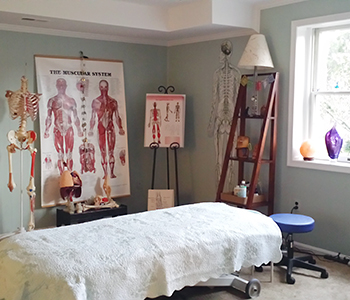

After the client intake process and an initial examination of your posture and movement, you will be asked to sit or lie on a massage table. During a session, you and Jenny will work on every part of your body. Just as no one part of the body functions in isolation, no part malfunctions in isolation. Structural Integration addresses the overall patterns of the body and the relationship of the parts to the whole ‐ how they fit, work and function together. Each session is designed to meet your individual needs. With a series of treatments, each session focuses on certain areas of the body and each session builds on the other to reach the most therapeutically efficient treatment results.
Underwear, two-piece swim suits, loose fitting shorts and sports bras are recommended to provide a comfortable level of modesty and access to all of the areas which may require therapeutic attention. Please avoid strong smelling perfumes or lotions.
To setup an appointment time for a private session, reach out to Jenny directly by emailing ottoyoga@verizon.net or calling 301-717-9729.
Jenny is an excellent teacher of yoga and yoga therapeutics. She is highly qualified, having studied with the top teachers in the field. Jenny conveys the material in an interesting and exceptionally clear manner, and is always concerned about the well-being of her students.
Suzie Hurley, Founder of Willow Street YogaJenny is the ultimate Yoga Therapy instructor. She is highly skilled and extremely compassionate about her work. It is more than a career. It is her life and truly cares about her students.
Jill WeissenbachJenny's knowledge of the body — both on the more mechanical and subtle or energetic levels —is nothing short of outstanding! Her dedication to study and deepening her knowledge and understanding of the body has led her to pursue study with the top experts in their fields all over the world! Jenny is very skillful in blending basic principles from many disciplines when working with a client. Thus, she is able to provide those she works with — with a unique template of exercises and poses which targets their individual issue Jenny is gifted, skillful, and creative in how she listens to her student or client's body and she is able to keenly observe and note what must be addressed in terms of mis-alignments on the physical and energetic levels. I wholeheartedly recommend Jenny for her expert knowledge and therapeutic presence!
Dr. Olga R. Rasmussen, D MinI woke up pain-free this morning for the first time in weeks! Your class is amazing. Thanks for your efforts to help all of us release, release, release.
Megan O.Jenny Otto is a well trained teacher and body worker with a curious mind, creativity, and sensitivity. An avid learner, she not only transmits her enthusiasm for exploration but also has a gift for healing. I have often sent students to her, as a teacher who is good at problem solving and who provides a safe haven for healing. I have invited her into my home to help me with post-surgical healing and it has been enlightening and effective.
Carolyn BluemleJenny knows the workings of the body like no one I've ever met. Her knowledge and continued desire to educate and share all that she knows is inspiring. You are in capable and compassionate hands with Jenny.
Mary Jayne RaleighCan finally fasten my seatbelt without pain due to Jenny Otto yoga therapist, body worker and teacher trainer.
Rosemarie LyleJenny has an incredible knowledge of anatomy! She effectively blends principles and disciplines to come up with creative approaches to yoga therapy. Her application of ATSI / Anatomy Trains work and other modalities to yoga is one of the most useful trainings I’ve received as a yoga teacher.
Leah KalinoskyAfter studying with Jenny I developed the ability to: understand and teach universal principles of alignment, read alignment and to verbally cue students to enhance their alignment, modify ANY posture to make it effective for the individual student’s needs, use Body Balance Yoga Therapy techniques to help my students in class and in private sessions.
Molly Harding, Certified BBY TeacherI am forever grateful that you never confined your teaching or your teacher training within the boundaries set by any one person's understanding of yoga.
Jane JacksonI just wanted to thank you for all your help with my connective tissue disease. I have gotten more benefit from the yoga than all the medicines and treatments from the medical profession. I really believe I would be in a wheel chair by now if I had not found Yoga through your teaching at Special Conditions and Injuries Class.
John